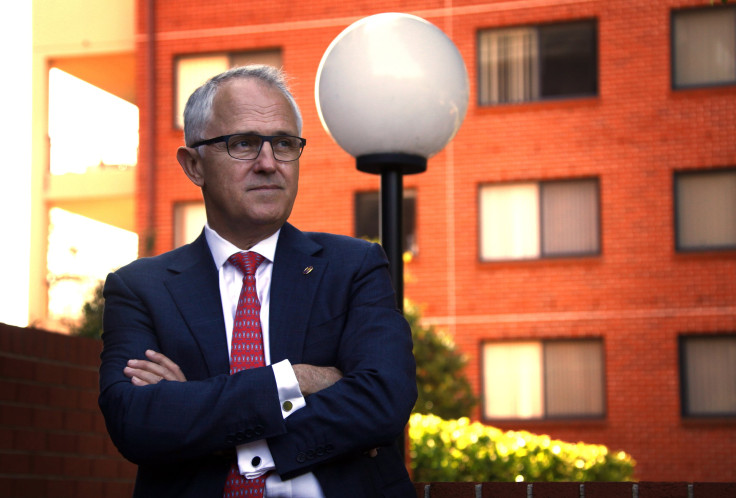Turnbull government to ditch former PM Abbott’s attempt to abolish renewable energy agencies

The Turnbull government is waiving to abandon former Prime Minister Tony Abbott’s previous attempt to abolish renewable energy agencies for a new approach to attain the carbon reduction target of Australia. Environment Minister Greg Hunt is about to add the Clean Energy Finance Corporation, or CEFC, which Abbott previously aimed to ban from investing in commercial-based wind or small-scale solar energy projects, to his new portfolio.
There has been a negotiation between the government and the CEFC about the company’s investment instructions after a legal advice for the investment bank suggested that the Abbott government order could deny the CEFC its legislated duties. The Guardian reported that an agreement would be announced at any day.
Hunt believes that the CEFC may provide flexible proposals as it may return to finance government projects. In addition, the Australian Renewable Energy Agency, or Arena, set up by the former Labor government to handle the use of renewable energy, was reported on Monday to be transferred from the Industry Department to the Department of the Environment.
“Obviously under Malcolm Turnbull there is a history of a deep long support for renewable energy,” Hunt told Sky News on Monday. The government will also seek to strengthen the so-called “safeguards mechanism” to ensure rising industrial emissions will not reverse any emission reductions purchased through the $2.5-billion emissions reduction fund, or ERF.
However, in a report by the Guardian, the market analyst Reputex says major industry may be “largely free to grow their emissions” because of the proposed new rules to “safeguard” emission reductions. The baselines of the rules were set too high for any changes and that it provides more ways for the industry to avoid penalties if the emissions are exceeded.
None of Australia’s top 20 emitting facilities were confirmed to be forced to reduce emissions, including the brown coal-fired power stations Loy Yang A and B and Hazelwood, and new liquefied natural gas processing facilities in Wheatstone, Gorgon, Itchys and Pluto. However, Reputex said that some of the Senate crossbench may support the amendment and suggests that a change on the detailed rules could give it “baby teeth.”
By 2017, the government said it will review the safeguards mechanism to allow changes to ensure the country meets its 2030 target. Facilities with over 100,000 tonnes of emissions a year are all included for the mechanism.
Most analysts believe that Prime Minister Malcolm Turnbull, adopting the Abbott government’s climate policy, would deliver little chance of meeting its long-term targets of reducing the country’s emissions by 26-28 percent by 2030. Turnbull has already emphasised that to reduce emissions is more important than being “ideological” about the mechanism for it to work.
Contact the writer at feedback@ibtimes.com.au or tell us what you think below





















